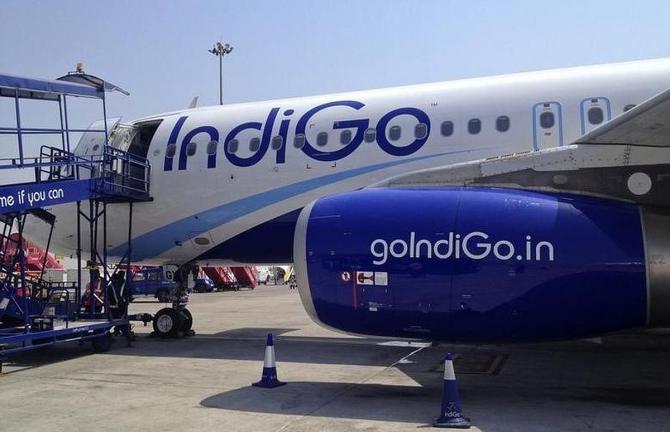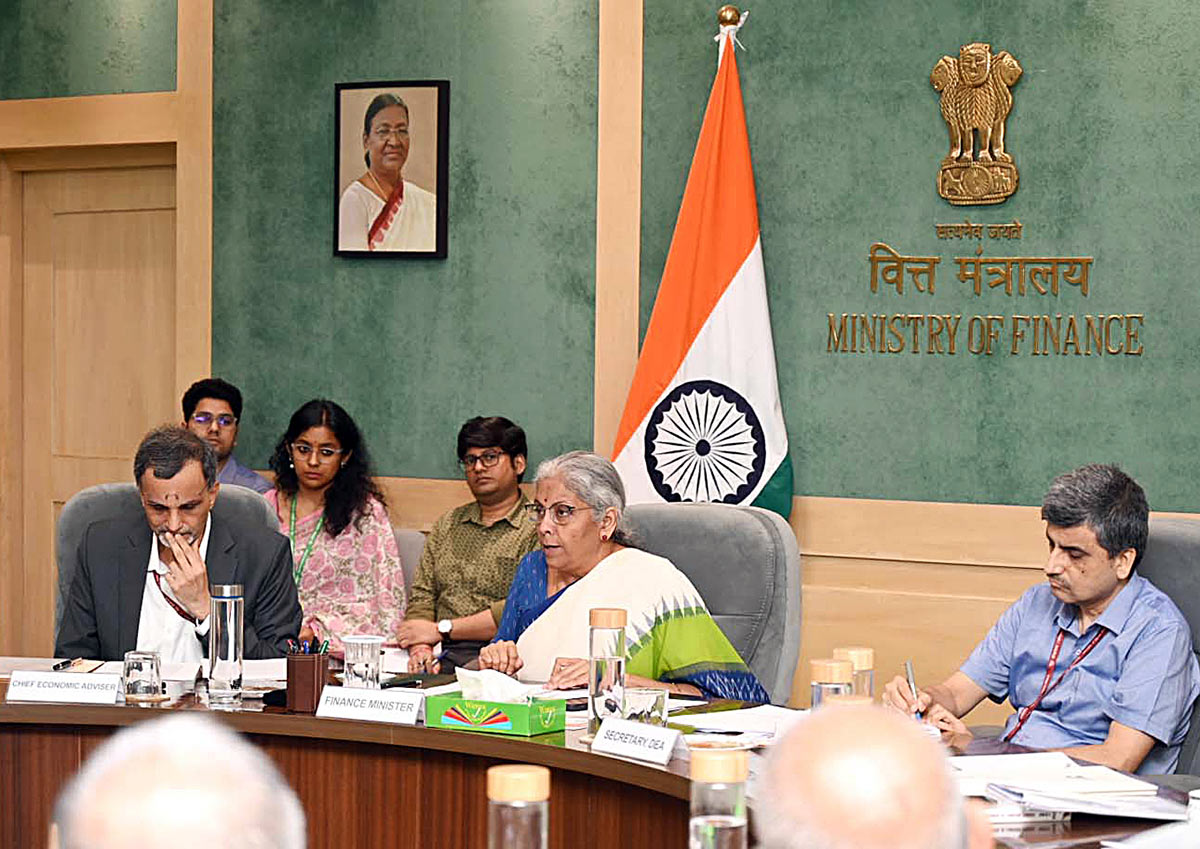Long-term macro trends indicate growth in demand for air travel. Trends from the ticketing website MakeMyTrip indicate a likely annual growth of between 11-17 per cent in Indian air travel demand over FY24-30.

Through that period, InterGlobe Aviation or IndiGo may continue to make gains in market share in both domestic and international travel, aided by large fleet additions.
IndiGo is the largest global customer of Airbus by far with 950 aircraft orders outstanding.
There could be short-term blips in profitability caused by possible spikes in fuel prices, and there is seasonality at play.
But there should be a steady upside with IndiGo outperforming the industry growth rate through the long term.
Competition could also hurt in the short-term, as there’s also a rise in Air India and Vistara’s capacities and the merger between the two Tata airlines may drive synergies for them.
However, the demand for air travel is being driven by rising GDP per capita and the strong growth in airport infrastructure which helps airlines to service demand beyond Tier-I cities.
The policy focus on making India a travel hub and time savings compared to rail travel are other supporting factors.
Post-merger of Air India and Vistara, the top two players will hold around 90 per cent domestic market share together.
However, IndiGo's superior cost structure is a likely differentiator. It was the only airline to post positive Ebitda in FY23 with 17 per cent better margins than its nearest rival.
In FY24, IndiGo posted a record net profit of Rs 9,000 crore while Air India (#2 by market share) posted losses of about Rs 7,000 crore.
This difference in efficiency could also translate into better pricing power for IndiGo as loss-making airlines try to hike fares.
The existing large fleet and the ambitious fleet expansion plans make IndiGo well-placed to exploit the rising penetration of civil aviation.
Airfares have grown less in the past decade relative to other common areas of expenditure.
Air passengers are limited to the top 5 per cent of the population and beneficiaries of the K-shaped economic revival.
Domestic air passengers amount to approximately 80 million annual return flights booked, which is lower than the total number of 150 million demat account holders and similar to the quantum of income taxpayers.
However, air fares have risen faster than CPI inflation at an annual rate of 7.5 per cent in the past four years and if this trend of rising fares continues, there is a risk of short-term resistance to flying.
The cost structure of airlines has improved in general due to more fuel-efficient aircraft, and more or less static crude prices (US$/barrel terms). Scale benefits will also aid IndiGo in procurement and fleet maintenance.
The FY24 results indicate the airline has 34.8 billion available seats/km (ASK), an increase of 14.4 per cent Y-o-Y, and in Q4FY24, it reported revenues of Rs 18,505 crore, up 26.7 per cent Y-o-Y, and generated net profit of Rs 1,895 crore, up 106 per cent.
It made an average of Rs 5.13/available seat km , up 9.7 per cent Y-o-Y. For FY24, the airline had a net profit of Rs 8,172 crore, versus losses of Rs 306 crore in FY23 and Rs 4.96/ASK with total revenues of Rs 71,213 crore, up 27.5 per cent over FY23.
Historically, the airline has been valued at 11 times its one-year forward enterprise value to operating profit which implies a 12-month price target of Rs 5,400 if it can maintain current profitability.








